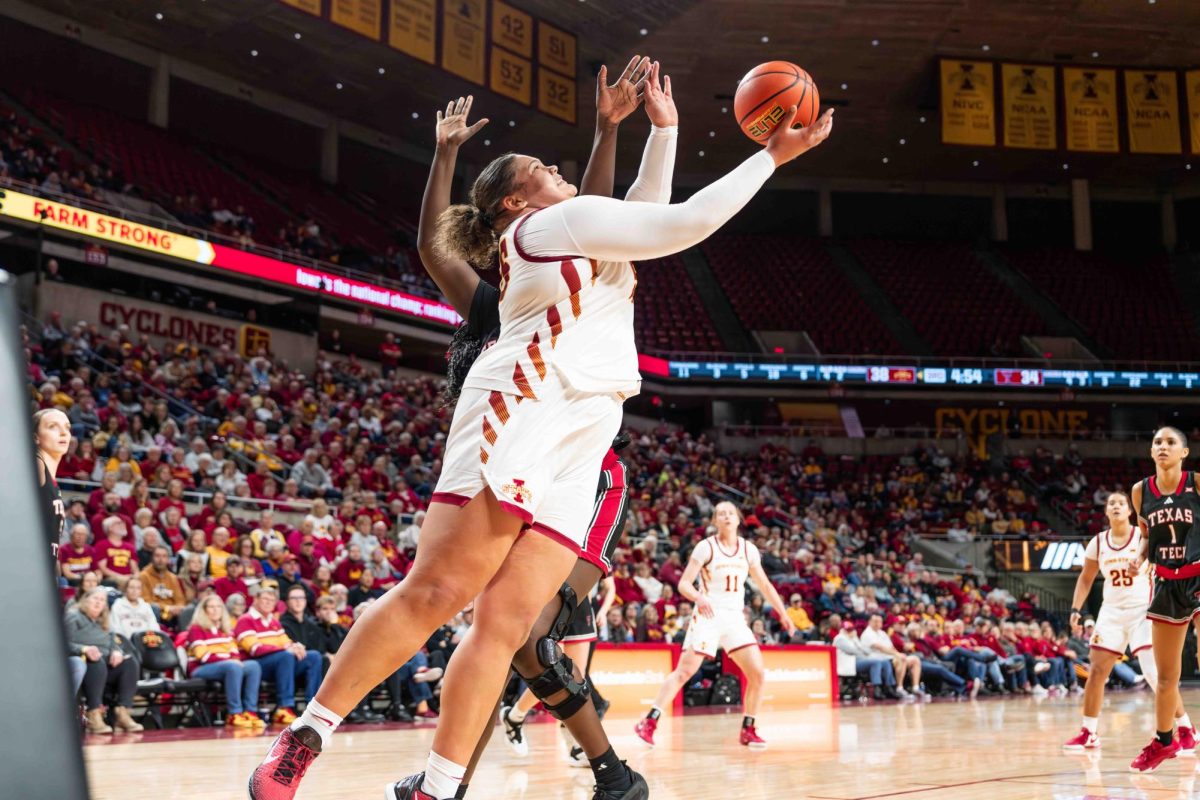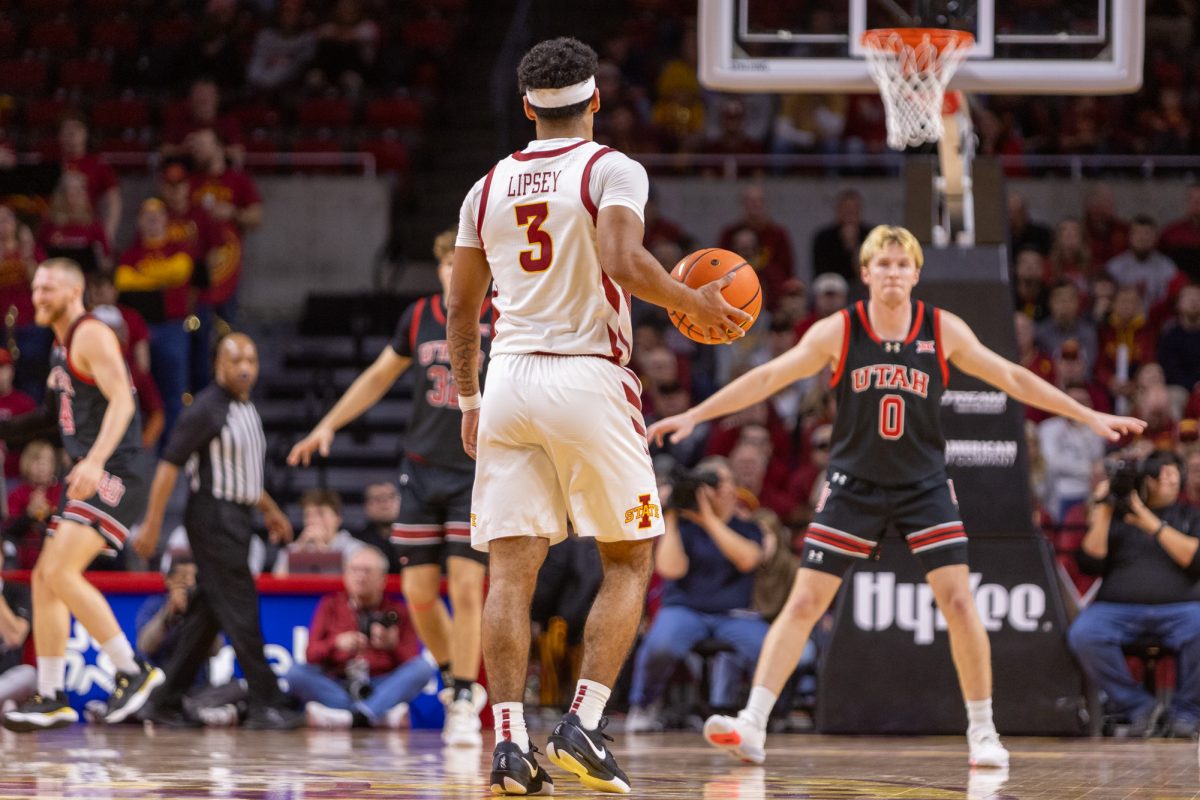Students learn fine dining in class
October 5, 2006
Move over, Rachael Ray.
Thanks to the comeback of a unique course in the hotel, restaurant and institution management program, a host of ISU students are learning the sophisticated trade of fine dining.
“When I heard [fine dining management] was offered in the fall, I signed up right away,” said Katherine Schmaltz, senior in hotel, restaurant and institution management.
HRI 487, fine dining management, which culminates in four haute cuisine events hosted by the students, is being offered now after a brief interlude when the department was looking for someone to teach it after the former instructor, Freeman Moser, left.
Moser, who had done such innovative things with the course as a “Garden Gourmet” in Reiman Gardens, left after the fall semester in 2004 for another job.
This year, Brett Callison, program coordinator of hotel, restaurant and institution management and the head chef at Aunt Maude’s, 547 Main St., co-teaches the course with Susan Wohlsdorf-Arendt, assistant professor of hotel, restaurant and institution management, who helps with the management and academic components.
Callison’s cooking track record includes certification from the Culinary Institute of America and training under celebrity chef Emeril Lagasse.
Schmaltz said Callison’s good reputation influenced her decision to take the course.
She added that the course has challenged her in new ways.
“It’s the first class that’s allowed me to come up with our own menu and our own ideas,” she said.
Schmaltz said that was exciting, but also the most challenging part of the class for her.
Students in the fine dining management class are divided into groups, and each group puts on a separate meal. They work together to come up with a menu, which has a unifying concept. Schmaltz’s group chose French cuisine as a concept, for example.
After the food on the menu is chosen, the groups have to carry their concept through with everything else, from marketing to decorating.
“To me, a menu of any restaurant is the core of what it is,” said Callison, who helped the students perfect their initial ideas, advising them about the availability of supplies and which wines go best with the courses.
Wine is a significant factor in the class. Students actually taste wine during class – they have to be 21 to enroll – and even learn to distinguish where it came from based on aroma, taste and color.
Callison also teaches his students basic concepts about food presentation, such as how to pay attention to factors like color, texture and number of pieces, but he said all of that is secondary to the food itself.
“I think that artistic thing is actually kind of easy,” he said. “Tasting good is the hard part.”
The food industry reaches beyond the realm of food, however, and there is more Callison wants his students to get out of the class than being able to create delicious food.
“I think the most important thing in being in fine dining is being able to adapt quickly,” he said.
Arendt also cited the ability to think fast as vital in any food service environment.
She said she wants to “help the student use critical thinking, because nothing will go perfectly.”
If not perfectly, however, things have apparently gone pretty well in past dinners.
“I’ve been receiving phone calls and e-mails way at the beginning of the semester,” Arendt said of people who have been to events put on by the class before.
Dianne Brotherson, systems analyst in IT Services and Operations, attended several fine dining management events in the past.
“The menu selection is marvelous, the food is delicious, the wine is nicely complemented with the meal and the service is superb. On the nights that the fine dining is offered, it is the best fine-dining meal in Iowa,” Brotherson said.






